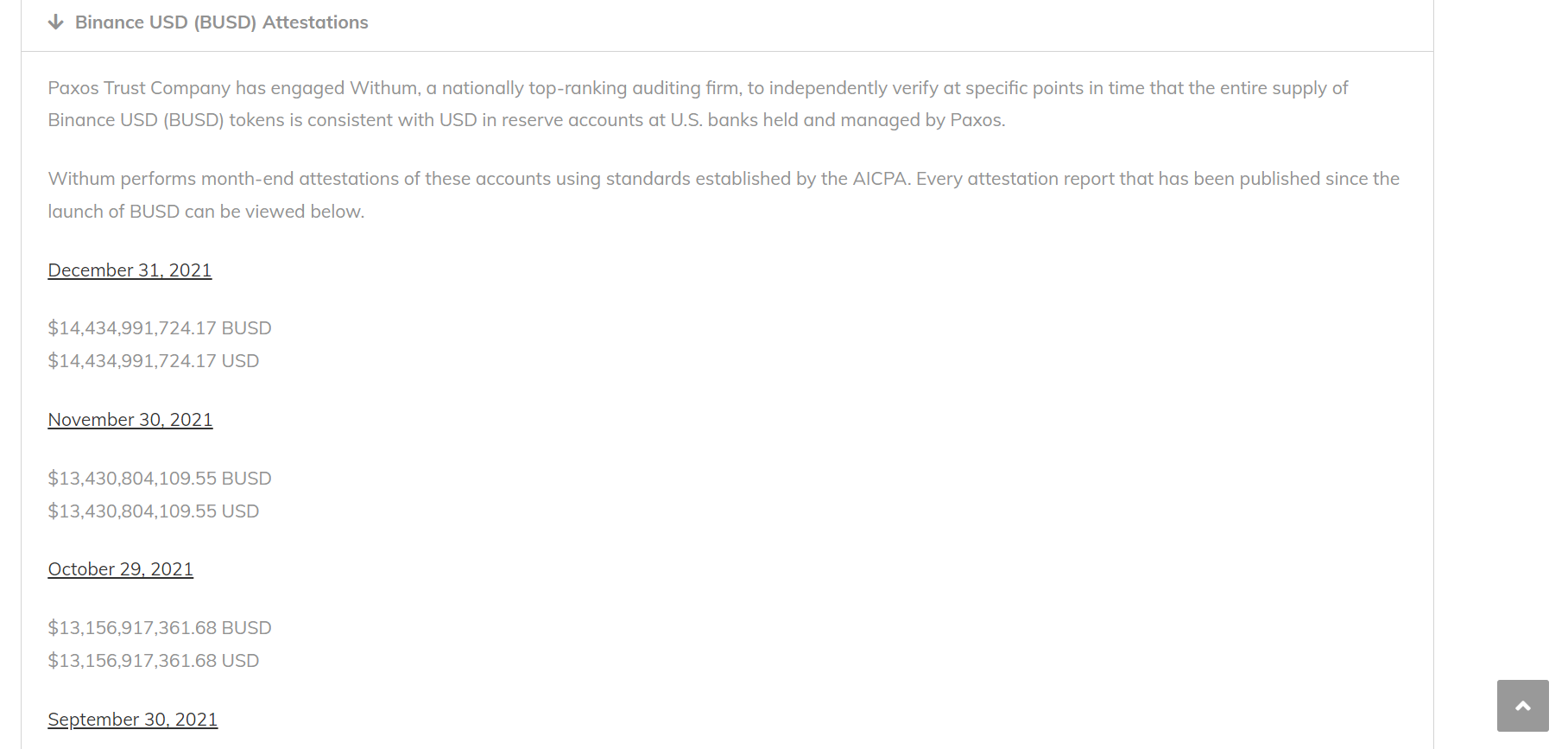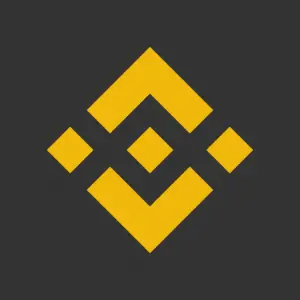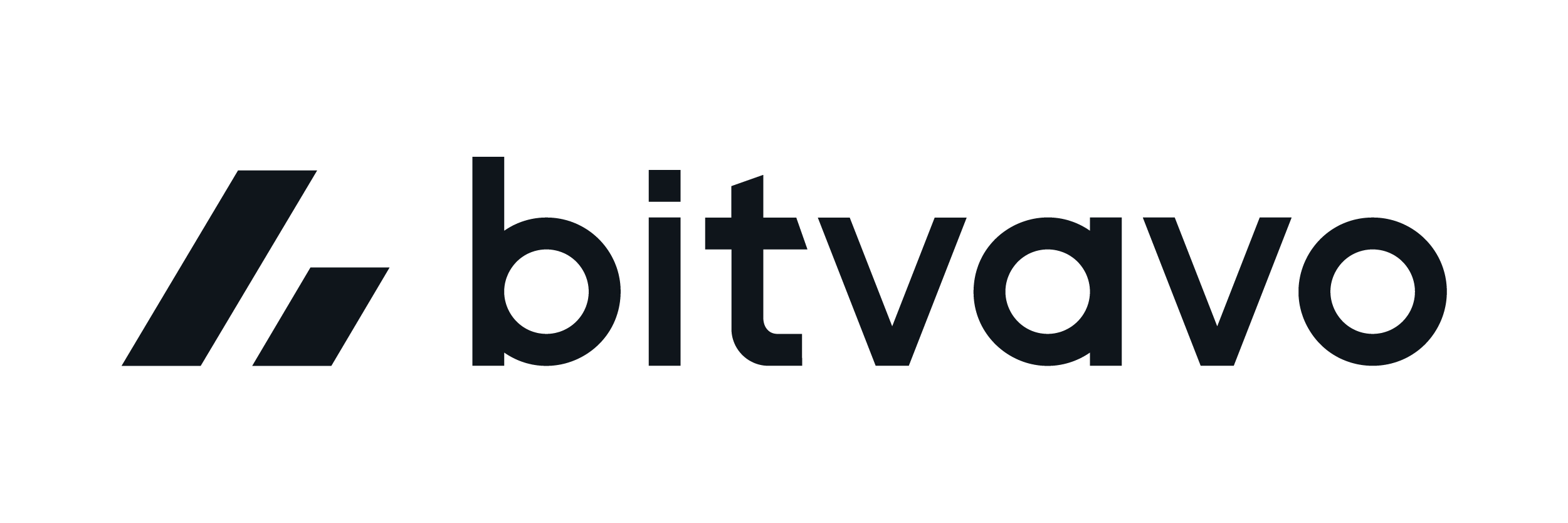Welcome to this post, where we are going to see the main differences between USDT and USDC, and which is the best option.
To do this, we will highlight the most important information of each cryptocurrency separately, such as their risks and advantages. The most important thing in a stablecoin, as it is in these two cases, is that it maintains its price equivalent to $1 and there are guarantees that it will maintain this value.
The last thing you want when using a stablecoin is that it does not maintain its value and does not have enough cash to maintain this value. Since, each stablecoin must be backed by 1$ or some liquid financial asset, to give security to users to use that stablecoin instead of another. Therefore, let’s go over those aspects to look at, and to take into account in each one of them.
USDT
USDT or Tether is the top stablecoin with ranking 3 in market capitalization and most used at the moment. It is only recently, that strong competitors have started to appear in the top 10 being a stablecoin like USDC, but a year ago, USDT had a great dominance over the other stablecoins out there.
The company behind USDT is Tether Limited and that was long linked to Bitfinex, one of the leading cryptocurrency exchanges. The company is based in Hong Kong, and therefore does not have so many regulatory requirements as it is not in a country like the United States or European countries. We will discuss the aspects related to USDT and Bitfinex later on.
Treasury

USDT’s treasury can be found on their website, at transparency. Here you can find all the information, and external audits on their balance sheets, the amount of USDT circulating and the amount of reserves they have. 84.25% is cash and cash equivalents and other short-term deposits and commercial paper, 5.22% in corporate bonds, funds and precious metals, 4.99% in secured loans and 5.54% in other investments.
Regarding the 84.25% of cash and cash equivalents, we have 52.51% in commercial paper, 33.35% in treasury bills, 12.42% in cash and bank deposits and 1.72% in money market funds.
You can find the balance in each network of its stablecoins, in addition to USDT, EURT, CNHT and XAUT. The % that have been commented is at the time of writing this article and may vary, so I recommend you also consult that section to learn more in detail the treasury that backs USDT.
USDT Supply

Another relevant aspect is the growth of the USDT supply, where we can see the market capitalization to know how many USDT are in circulation. If there are 78 billion(American), it means that there must be support for those 78 billion USDT in circulation. What is interesting is to see the market capitalization and its evolution, to see if it has a very fast growth and there is a large supply of USDT, to see if there is backing or they have just created more USDT without a real backing. So seeing if there is an increase in their supply is also a factor to look at.
Advantages
Let’s take a look at the main advantages it can present and the risks USDT has as stablecoins if we can compare it with others, so you can get a better idea of its strengths and weaknesses. Starting with the good.
One of its main advantages is that it has been around since 2014, and is still the leader in the stablecoins market. Being used in all centralized exchanges to buy other cryptocurrencies. So it has a great importance in the entire cryptocurrency market, both in liquidity and in its use in different functions, either centrally in exchanges or decentralized.
Another positive aspect is the great liquidity that you find in many different networks, being the stablecoin that is available in more networks and you will be able to use.
For the time being, despite having many news and doubts that we will now comment, it has not failed and has continued to grow its USDT offer and use throughout the world of cryptocurrencies, despite raising many doubts. So, historically, it has more run than any other stablecoin, and with a volume of daily and total use, much higher. Which is also an advantage, knowing how to keep its price linked to the dollar with so much market capitalization, and so much liquidity of the token spread across different networks and platforms.
Risks
Let’s go with the aspects that pose a risk to USDT and that may create certain doubts in using this stablecoin with respect to others.
The first is the controversial case of bitfinex and USDT, where there are many accusations that USDT was created out of nothing to cover a hole in the Bitfinex Exchange, and that USDT was used to inflate the price of Bitcoin. We won’t go into too much detail, but if you have more interest, I recommend watching news regarding this topic.
The other negative aspect is the lack of transparency. Despite being audited, being a company in a country with few regulatory requirements, there are many doubts about the company that has audited tether and if they really have the support they claim to have. Since they have not authorized U.S. government entities to review it or use another auditing company, and this creates several doubts as to whether the support is real.
Regarding the backing, a large part is in promissory notes or commercial paper, and this raises doubts because it is not known which companies have the promissory notes or commercial paper backing USDT as part of the treasury. And IOUs or commercial paper account for 44.5% of the total reserves held by tether.
Another disadvantage that we have been able to see in some of the sharp falls, is that it does not hold the peg or its equivalent value to the dollar as perhaps other stablecoins. Seeing USDT with a price of 0.95 at the lowest moments, although later with a great fast recovery. Although it is at times of high volume and very large drops, the fact that it falls as much as 4-5% and other stablecoins hold up better is also a risk to consider if there are again sharp drops and if USDT will be able to maintain its peg to the dollar.
BUSD
BUSD or Binance USD is a stablecoin that was created mainly in the Binance Smart Chain, and is the stablecoin of the ecosystem that Binance has created around its Exchange and its own network, although currently you can already find BUSD in other networks such as Ethereum, fantom, avalanche and many more.
BUSD, although its acronym stands for binance, the stablecoin does not only have binance as a company. Binance together with Paxos made BUSD. Paxos is an American company with its own stablecoin, and by doing it jointly, it allowed to regulate its stablecoin BUSD to have the maximum guarantees for users. BUSD has been approved by the New York State Department of Financial Services and supervised by the SEC. It is one of the few truly regulated and supervised stablecoins, together with USDC.
Binance is a poorly regulated exchange in some countries, although this is changing and they are increasingly regulating their own platform, the fact that their main stablecoin is so regulated is a good sign and gives much more security to investors who want to use BUSD instead of other stablecoins. Also, of indicating a path and approach that Binance wants to follow, regulating its platform and ecosystem around it.
Treasury
Being an SEC regulated and supervised stablecoin, they receive audits from one of the big firms on a monthly basis, to verify the reserves they have and the amount of BUSD in circulation.
Their reserves are mainly fiat money in omnibus accounts in insured US banks and/or (ii) US Treasury bills, although the breakdown and % is not so clear.
In order to see the audits you can go to paxos.com/attestations and deploy BUSD. Here, you will be able to find each month an audit with the totals of reserves and BUSD in circulation and the signature of the company that is in charge of auditing. You can view from the BUSD creation all audits from 2019.
Although there is no monthly breakdown, the fact that it is verified by one of the large auditing firms adds much more assurance that there are reserves that guarantee the value of BUSD at $1. In addition, the supervision of the SEC, where you can find more detailed reports of the reserves and information related to BUSD.
BUSD Supply
Another relevant aspect is the growth of the BUSD supply, where we can see the market capitalization to know how many BUSD are in circulation. If there are 14 billion (American), it means that there must be support for those 14 billion BUSD in circulation. What is interesting is to see the market capitalization and its evolution, to see if it has a very fast growth and there is a large supply of BUSD, to see if there is backing or they have simply created more BUSD without a real backing. You can check this on a monthly basis with the audit reports.
Advantages
Let’s take a look at the main advantages it can present and the risks BUSD has as stablecoins, so you can get a better idea of its strengths and weaknesses. Starting with the good.
The main advantage of BUSD is the integration with the entire Binance ecosystem. Both its Exchange and its network, binance Smart chain, BUSD is a fundamental pillar and very useful in the whole ecosystem. With BUSD you will be able to use it both in its Exchange and in the different platforms that are created in its network, and it will not be necessary to use other stablecoins. The network effect in Binance and the whole ecosystem around it, is really one of the aspects that have made it so popular.
Another great advantage is the regulation it has, which ensures and guarantees that there are reserves with respect to the amount of BUSD in circulation. In addition, the reserves are in very liquid assets, such as money in bank accounts and U.S. treasury bills. Without having other types of assets as reserves that are less liquid or with more risk, as can happen in other stablecoins.
Risks
Let’s go with the aspects that pose a risk to BUSD and that may create certain doubts in using this stablecoin compared to others.
The main risk is the dependence of Binance on BUSD. Although binance with Paxos is behind it, binance is the main company behind it interested in making BUSD work, and since there is an exchange with a stablecoin, it may have certain risks, as we saw with USDT and bitfinex. Although in this case, it is very controlled and regulated, there is always the risk that Binance uses BUSD to inflate prices or interests it may have with its Exchange.
Another big risk is the dependence of BUSD on the Binance ecosystem. Although Binance Smart chain is currently one of the most used networks, and Binance is one of the main exchanges, if other networks and exchanges start using it in the future, the use of BUSD may be reduced. Its growth has been due to the great use of BSC and Binance, but this is a double-edged sword, if its use is reduced and there are better alternatives. Still, it should not be a reason to lose its value with the USD at any time, even if it is used less and there are fewer BUSD in circulation.
In the same way as happened with USDC and USDT, at times of big drops, we have been able to see BUSD at 0.96, albeit with a quick recovery afterwards. While this happens in most or all stablecoins at times of large market declines, they should be able to withstand even large declines and not have 4% declines, albeit for a very short time.
Summary
To conclude, we will summarize the strengths and weaknesses of each one so that you can make your choice. Keep in mind that, in a stablecoin, what is most important and relevant is that it maintains its price at 1$, and that it has treasury in case something happens, to be able to recover your USDT or BUSD in dollars.
The main difference is the regulation and control of BUSD, vs. the little regulation and little certainty of the reserves in USDT. On the other hand, BUSD is newer and doesn’t have as much track record in big drops as 2018, while USDT is the older stablecoin used. Both have a company behind them, and are centralized stablecoins.
I hope it has helped you to know in more detail how USDT and BUSD work and all the backing and information behind each one. Remember that, if you don’t have an account with binance, you can create one just below.
Platform: Binance
Min. deposit: $10
License: Cysec
Very low commissions
Exchange with more cryptocurrencies




